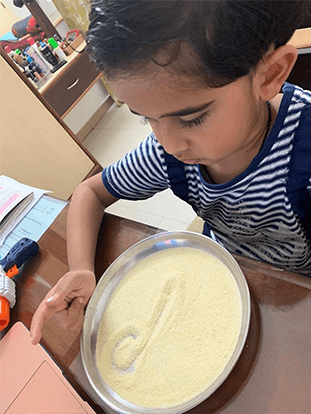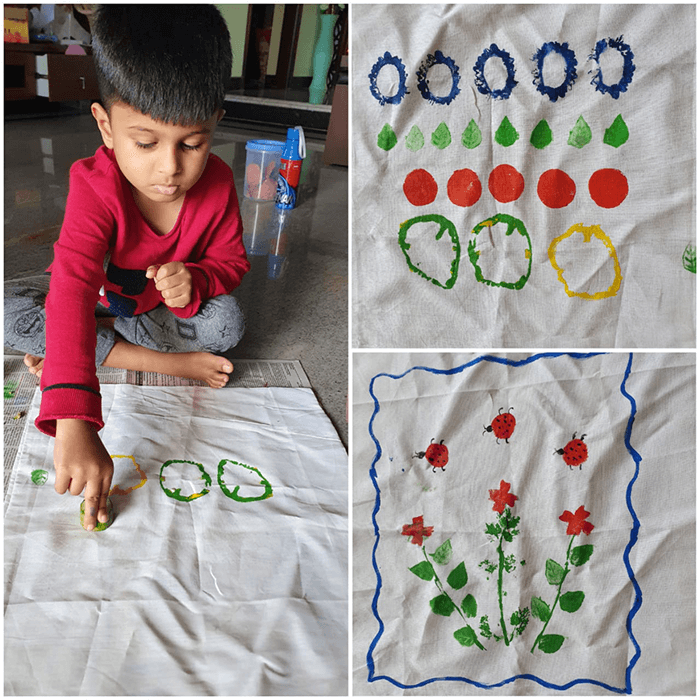Did you know? Einstein developed his love of science while playing with a COMPASS. When he was just four or five-years-old, and suffering from a childhood illness, his father gave him a compass to keep him engaged through the day. He spent hours twisting and turning it, but it always disappointed him. The needle always came back to its original position and this made him curious, leading to a life-long learning that there is something deeply hidden behind everything. In Early Years, play helps lay the foundation for all future learning.
As a parent, you might think what is the need for online classes, since young children learn most through play anyway, which is possible at home? After all, it is all about play.
We spoke with our Education expert, Soma Tapadar from Oakridge International School, Bengaluru to understand the actual process of learning through play in an online learning environment.
Yes, children can learn through play at home itself. But there is a hidden truth behind the virtual school experience that you might not know. In many cases, we have seen parents being busy with their ‘work from home’ or other works, they simply give a tab or a mobile to their child so that it keeps them engaged throughout the day. But without a proper structure to the play, a child would be playing sometimes carelessly with no learning in it or watching videos with no connection linked to their actual development.
With Virtual School Experience, teachers can put a structure to play to ensure the learning happens. For example, we want them to build fine motor skills. Currently, in online learning, no one can show them how to write or position their fingers together. Our teachers have put a structure in a fun way to show how to do the Pincer grip. They are asked to do the Pincer grip for anything they do a fun thing at home. Be it tickling parents or hold the book with the grip.
After getting the Pincer grip, the next step would be to put everything in a line. With this process, they are learning the sequence of things and follow things one after another. In other words, they are sequenced and connected to a bigger outcome.

While ensuring the control over the finger movements, our teachers conduct various activities for Early Years to develop their writing skills. For example, the teachers tell the parents up ahead to ensure that the children are sitting with a tray of Rawa or (whatever powdered thing available at home) in their learning activity online. The teacher will show a letter or a shape using a Stylus and a pad. Then the students are instructed to draw the same on their plate of Rawa using only two fingers. The teacher will see their work and correct if needed.
For the asynchronous home task, the teacher will give a few specific letters, sometimes some random shapes or drawing like flower or leaf. The students have to practice the same on a plate of Rawa. Parents take a video or a picture and share it with the teacher.
The same activity they do it with fingerprints also, where the students sit with different colour paints. Using only two fingers, they dip it in the paint and make the formation of the shape to ensure the control over the finger movements.
Are all the parents equipped enough to train their child by giving them a structured way of learning, in the absence of virtual learning?
